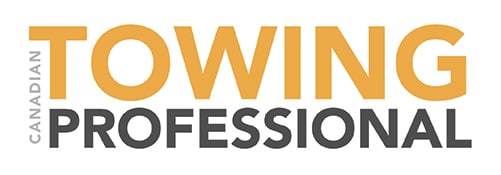PHOENIX–(BUSINESS WIRE)–Knight-Swift Transportation Holdings Inc. (NYSE: KNX) (the “Company” or “Knight-Swift”) announced today that its board of directors (“the Board”) has declared the Company’s quarterly cash dividend of $0.12 per share of common stock, which is a $0.02 increase from the Company’s existing quarterly dividend of $0.10 per share of common stock. The Company’s quarterly dividends are pursuant to a cash dividend policy approved by the Board. The actual declaration of future cash dividends, and the establishment of record and payment dates, is subject to final determination by the Board each quarter after its review of the Company’s financial performance.
The Company’s dividend is payable to stockholders of record on March 4, 2022 and is expected to be paid on March 28, 2022.
Knight-Swift is one of North America’s largest and most diversified freight transportation companies, providing multiple truckload transportation and logistics services, as well as LTL services. Knight-Swift uses a nationwide network of business units and terminals in the United States and Mexico to serve customers throughout North America. In addition to operating the country’s largest tractor fleet, Knight-Swift also contracts with third-party equipment providers to provide a broad range of truckload services to our customers while creating quality driving jobs for our driving associates and successful business opportunities for independent contractors.
This press release contains certain statements that may be considered forward-looking statements within the meaning of Section 27A of the Securities Act of 1933, as amended, and Section 21E of the Securities Exchange Act of 1934, as amended, and such statements are subject to the safe harbor created by those sections and the Private Securities Litigation Reform Act of 1995, as amended. All statements, other than statements of historical or current fact, are statements that could be deemed forward-looking statements, including, without limitation, statements relating to our declaration of quarterly dividends. Forward-looking statements are based on the current beliefs, assumptions, and expectations of management and current market conditions. Forward-looking statements are inherently subject to risks and uncertainties, some of which cannot be predicted or quantified, which could cause future events and actual results to differ materially from those set forth in, contemplated by, or underlying the forward-looking statements. There can be no assurance that future dividends will be declared. The declaration of future dividends is subject to approval of the Board and various risks and uncertainties, including, but not limited to: our cash flow and cash needs; compliance with applicable law; restrictions on the payment of dividends under existing or future financing arrangements; changes in tax laws relating to corporate dividends; deterioration in our financial condition or results, and those risks, uncertainties, and other factors identified from time-to-time in our filings with the Securities and Exchange Commission. Readers should review and consider the factors that may affect future results and other disclosures in the Risk Factors section of Knight-Swift’s Annual Report on Form 10-K for the year ended December 31, 2020, Knight-Swift’s Quarterly Reports on Form 10-Q for the quarters ended June 30, 2021, and September 30, 2021, and various disclosures in our press releases, stockholder reports, and other filings with the Securities and Exchange Commission. We expressly disclaim any obligation or undertaking to release publicly any updates or revisions to any forward-looking statements contained herein.
Contacts
David Jackson, President and CEO, or Adam Miller, CFO – (602) 606-6349











